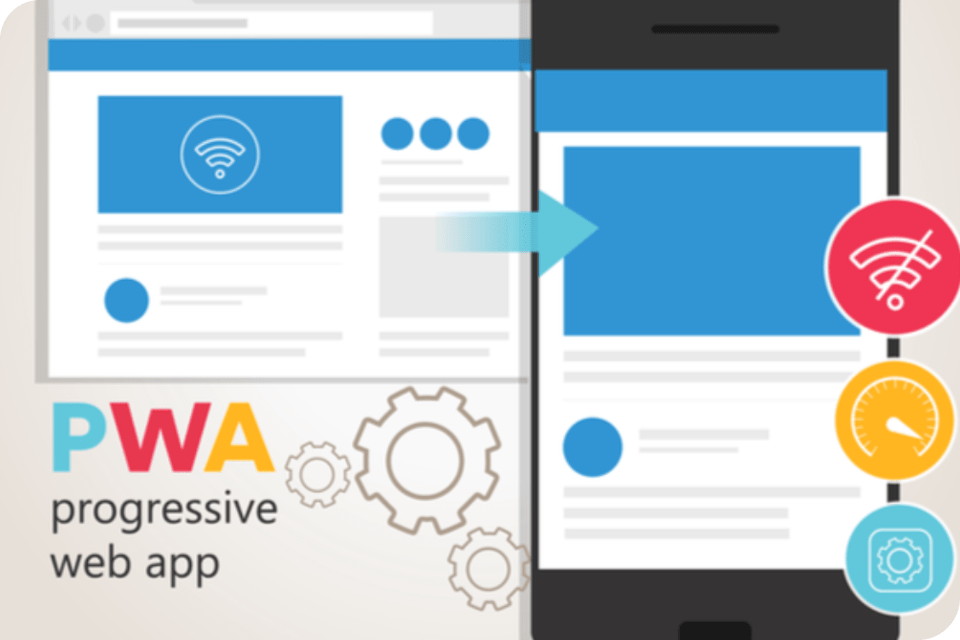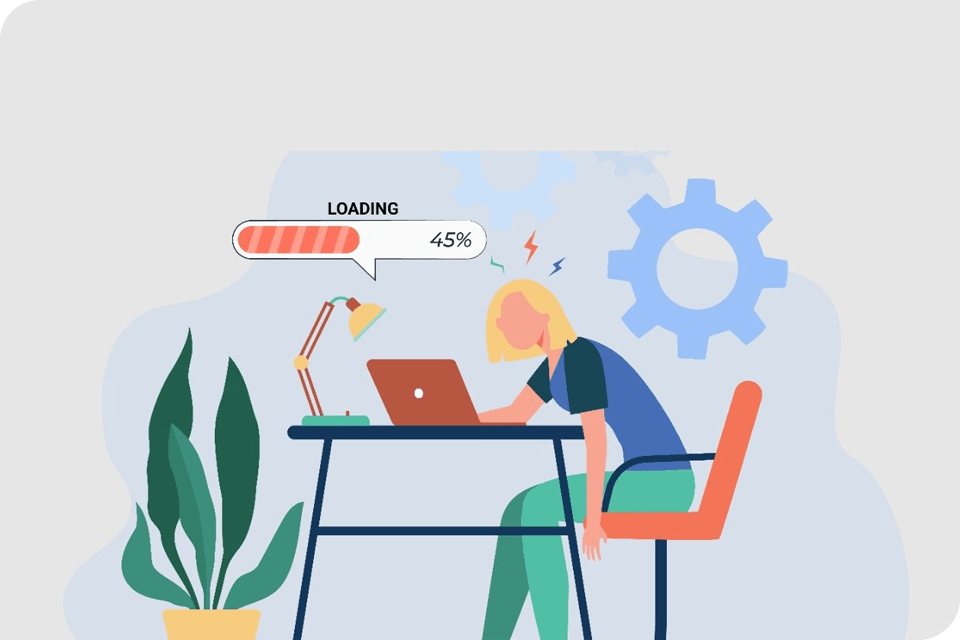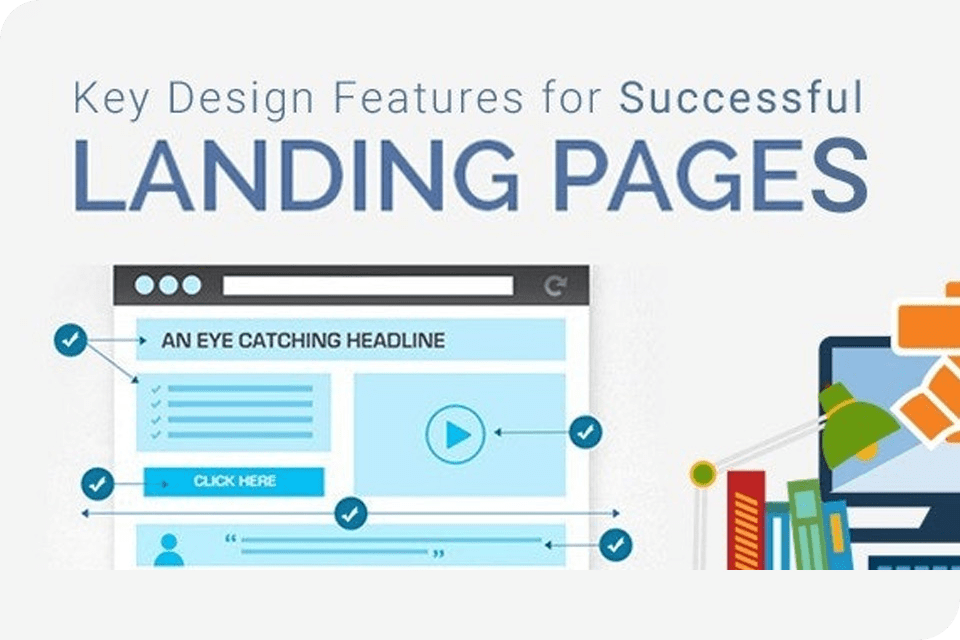By 2020, Progressive Web Apps will replace 50% of all consumer-facing native apps, according to Gartner Research.
A progressive web application (PWA) is mobile web page that acts and feels like regular native app. Like all apps, PWA can be accessed via the home screen of any smartphone. PWAs also share many of the same functionalities of native apps and provide a nearly identical user experience.
PWAs can be described as being:
- Reliable: Load instantly even when offline or connected to slow network
- Fast: Respond quickly to user interactions with clean animations and smooth scrolling
- Engaging: Feel like a native app with an rich user experience
Advantages of PWAs
Progressive web apps bring a number of advantages to the table. For example, PWAs compared to native apps are much smaller files making them less of a burden on a device’s storage.
Connectivity
PWAs use less data and can operate on slower networks (3G or less) or when offline thanks to service workers.
Updates
Updating a PWA is also significantly easier. In fact, as a web page, PWAs are updated automatically when the site is updated freeing users from having to manually update their PWA. This also ensures all users are have the latest version of the PWA.
Cost Efficient
PWAs are quite cost-efficient. While apps need to be specifically developed and maintained for different operating systems, the same PWA can be used on any operating system. Thus the development and testing phases are made easier and more efficient.
Additional PWA benefits
- App-like Interface – Supports native app-like navigation and gestures.
- Push Notifications – Communicate directly with users 24/7
- Safety – Must be accessed through HTTPS sites
- Discoverability – Accessible via the web, Google Play Store et App Store (Coming soon)
- Easy Installation – Faster and easier to install than native apps.
- SEO – As fast and responsive web page, PWAs have an average SEO score of 85
The Current State of PWAs
Today, Progressive Web Apps are accessible via smartphones and desktops across a variety of browsers (For iOS users, only Safari can be used to add a PWA to the home screen). PWAs also support many of the same features or functions that native apps support.
Mobile PWAs
Although PWAs work across both iOS and Android, the specificities of Safari affect which functions iOS users can access. For Android users, PWAs can be added via multiple browsers :
iOS 12 Supported Features
- Geolocation
- Sensors (Magnetometer, Accelerometer, Gyroscope)
- Camera
- Audio Output
- Speech Synthesis (with headsets only)
- Apple Pay
- WebAssembly, WebRTC, WebGL, etc
Android Supported Features
- Speech Recognition
- Audio Output
- Geolocation
- Sensor Support
- Geolocation
- Payment System
- Bluetooth/BLE
- Camera
- Google Play Store
Desktop PWAs
Desktop PWAs operate in a similar fashion as desktop applications. Desktop PWAs are supported on ChromeOS, Windows, Linux, and MacOS.
Can PWAs Improve mobile KPIs and ROI?
For the brands that have launched PWAs, the answer is YES!
- Time Spent: +40%
- User-Generated Ad Revenue: +44%
- Core Engagements: +60%
- Load Time: – 60%
- User Engagement: +150%
- Mobile Revenue: +36%
- Load Time: 1.7 seconds
- Conversion Rates: +104%
- Time Spent per Session: +74%
- Pages Visited per Session: 2x
PWA Testing Advice
- Verify site is served over HTTPS
- Ensure pages are responsive on mobiles, tablets, and desktops.
- Test pages ability to load when offline (Test service workers)
- Validate metadata prompts users to Add to Home screen
- Confirm site loads quickly on a slower network (3G and <)
- Execute tests across a variety of configurations (OS/models/browsers)
- Verify that individual pages can be shared on social media and opened via linkable unique URLs
Source: Stardust-testing.com







